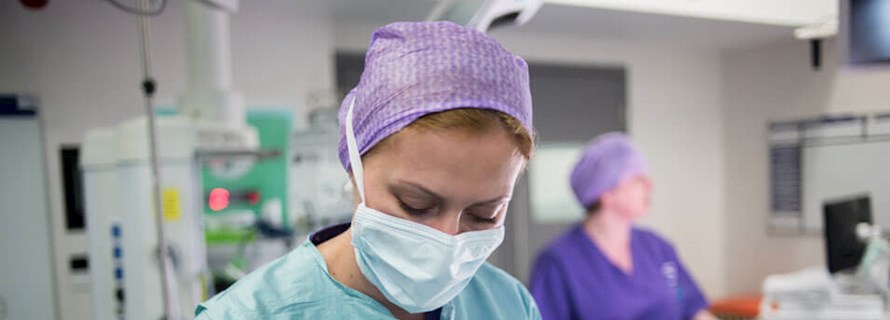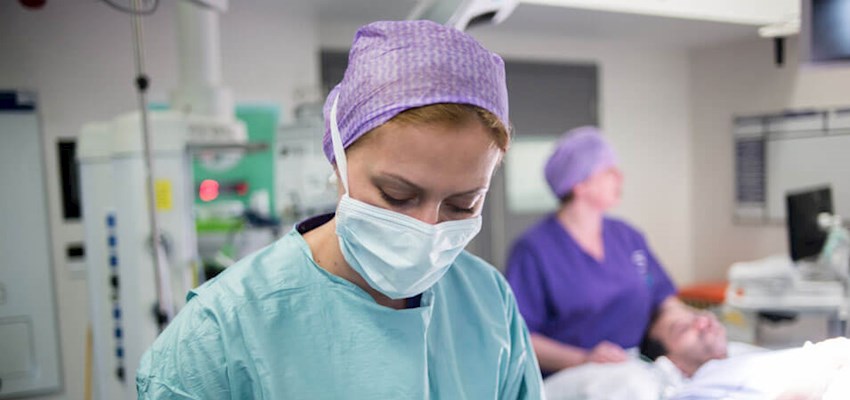Pacemakers and defibrillators
Regulating your heartbeat with a pacemaker or defibrillator
Implantation of an electrical device to manage the speed of the your heartbeat
What medical device is used to help regulate the rhythm of your heart?
A pacemaker or defibrillator can regulate your heartbeat if you have a condition that makes your heart beat too slow or too fast.
A pacemaker can speed up your heart if it goes too slow while a defibrillator can correct a fast, life-threatening rhythm.
If you have heart failure, it can improve the pumping of your heart. The devices are small electrical devices implanted just below your collarbone, usually on the left side.
A pacemaker can speed up your heart if it goes too slow while a defibrillator can correct a fast, life-threatening rhythm.
If you have heart failure, it can improve the pumping of your heart. The devices are small electrical devices implanted just below your collarbone, usually on the left side.
Need to know
-
What happens during implantation of a heart rhythm device? icon plus
The implantation takes place in a cardiac catheterisation laboratory. You’ll be given local anaesthetic to numb your upper chest and sedation to make you sleepy.
A pacemaker or defibrillator is much smaller than a matchbox and works like a generator. It’s placed under your skin, below your collarbone and usually on the left side of your chest.
The pacemaker or defibrillator is attached to a wire (or wires), which is passed into a vein and guided into your heart to regulate your heartbeat. The procedure usually takes one to two hours in the laboratory. -
How to prepare icon plus
Your consultant will tell you how to prepare. It’s important to let us know if you’re taking any medication as you may need to stop taking it before your test or procedure. You’ll be asked to stop eating and drinking a few hours beforehand.
Like all tests and procedures, there may be some risks and side effects involved. Your consultant will explain these to you and answer any questions you have. -
After the device has been implanted icon plus
You may need to stay in hospital overnight. Please arrange for someone to travel home with you. You should rest for a week after the procedure.
You can’t drive for a week after having a pacemaker fitted, and you can't drive for one to six months after having a defibrillator fitted. You must inform the DVLA if you have a pacemaker or defibrillator.
Your consultant will discuss the procedure with you, and let you know when you can get back to your usual routine and activities. They’ll also give you advice on medication, exercise, travel, diet and alcohol.
Paying for medical treatment
You don’t need health insurance to have fast access to our top consultants, extensive range of treatments, diagnostic tests and surgical procedures at our world-class facilities.
Our heart rhythm cardiologists
We're proud to work with leading cardiac experts specialising in different types of heart rhythm disorders, and whose skills are matched by their integrity and compassion.




Our locations
From complex cardiothoracic surgery to diagnostic tests and minimally invasive procedures, we provide exceptional cardiac care across our network of hospitals, outpatient centres and specialist clinics.
Request a cardiac appointment
We're happy to help you make an appointment with one of our experienced cardiologists. You can contact us by telephone or email.
Call
020 7079 4344
This content is intended for general information only and does not replace the need for personal advice from a qualified health professional.